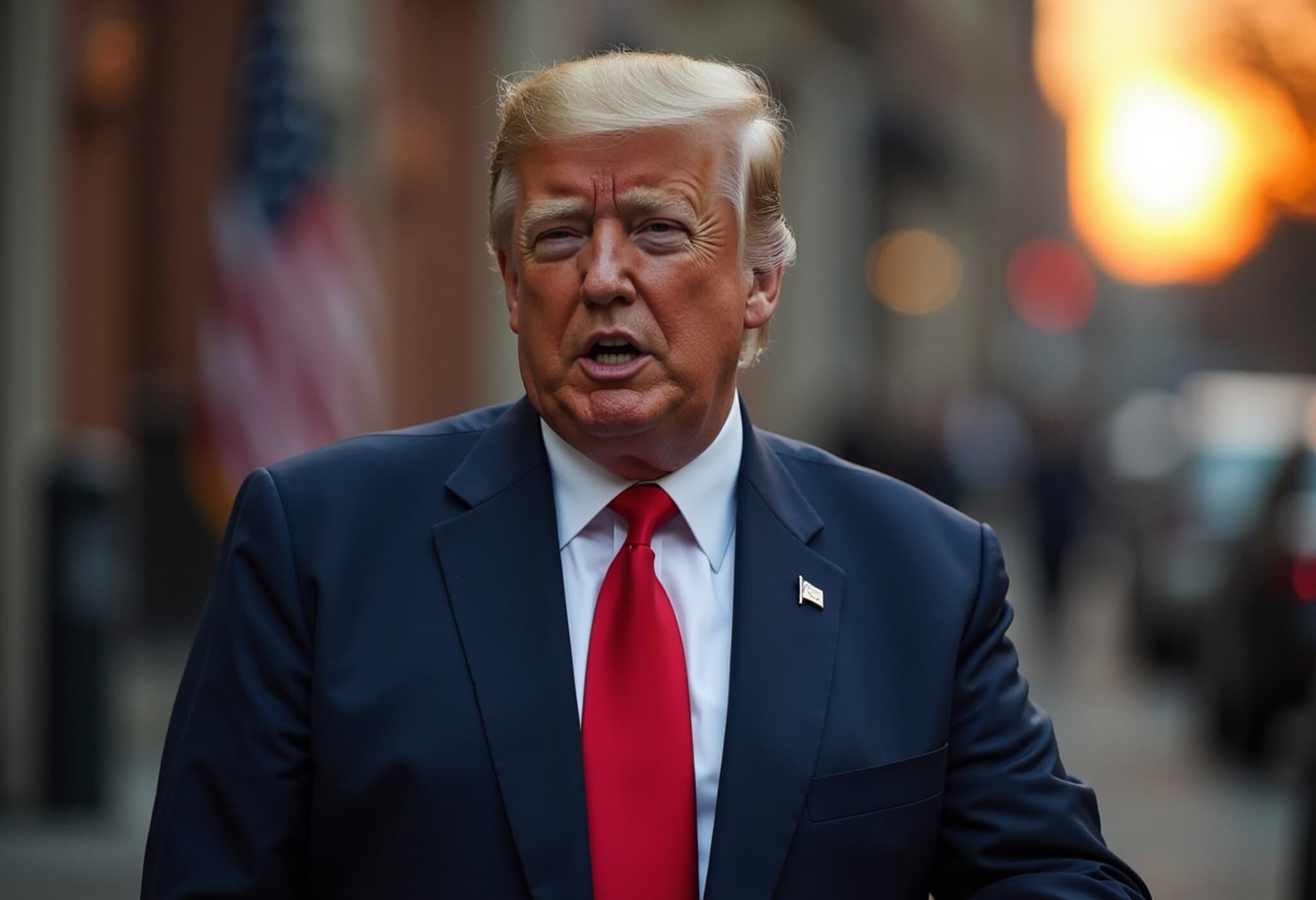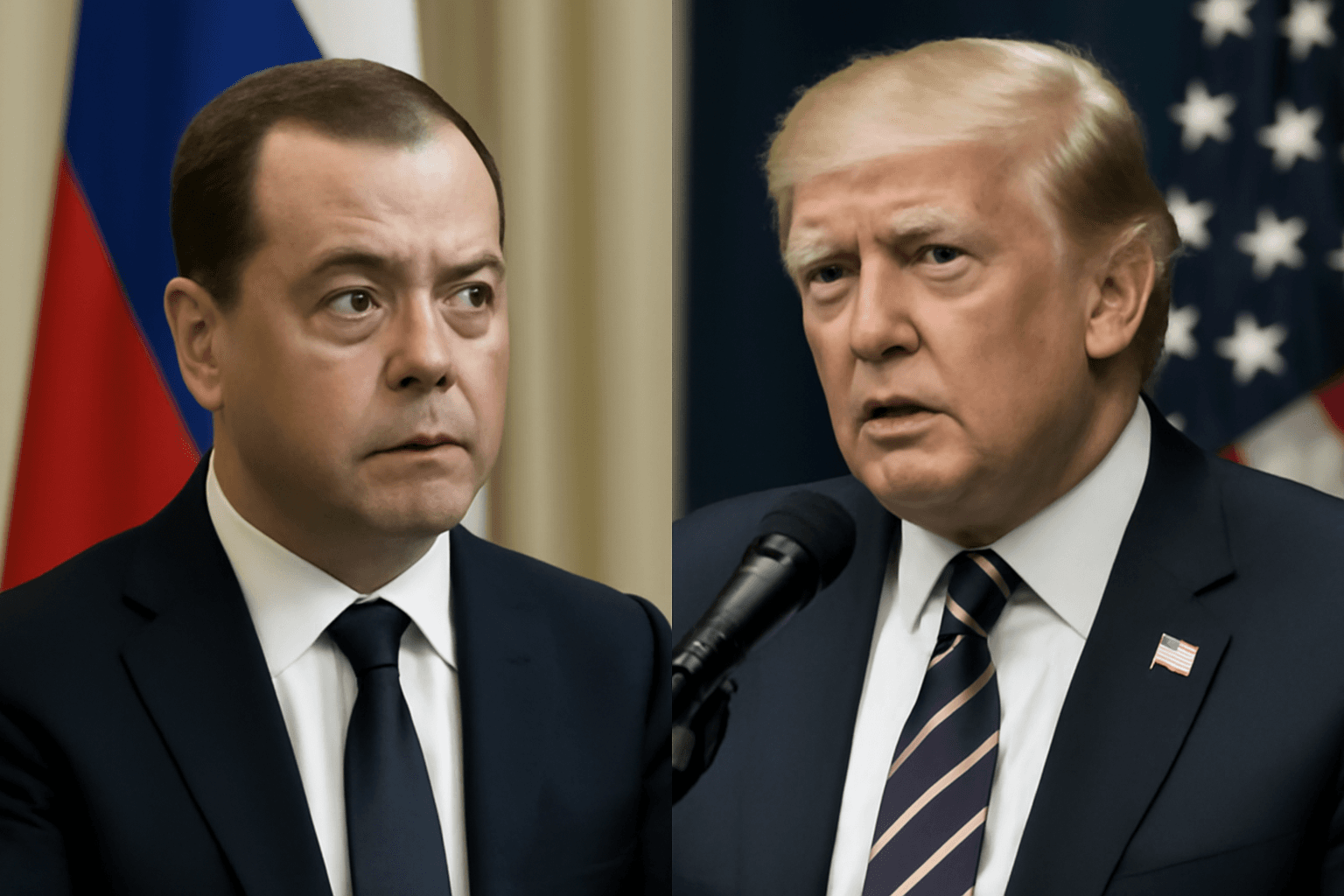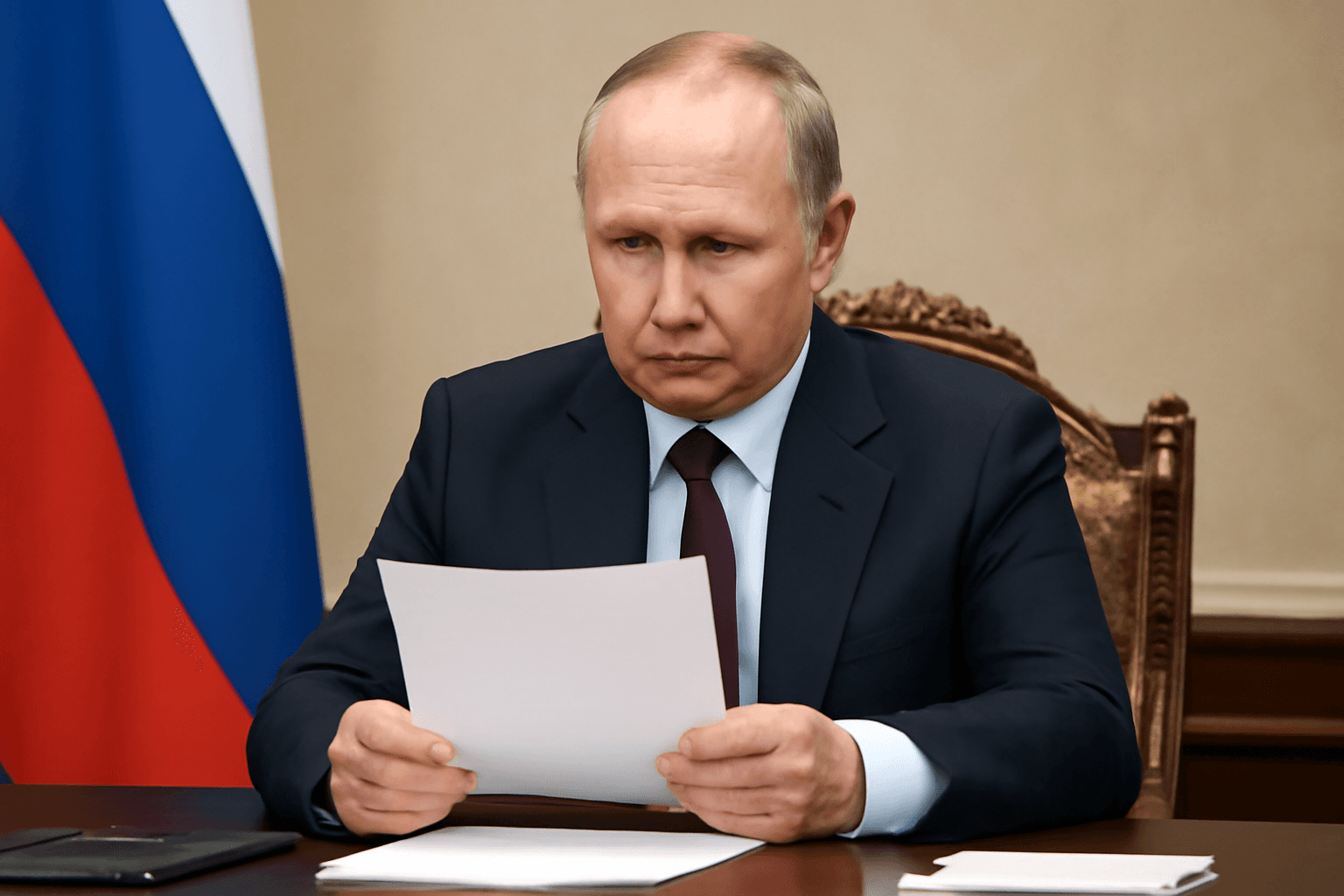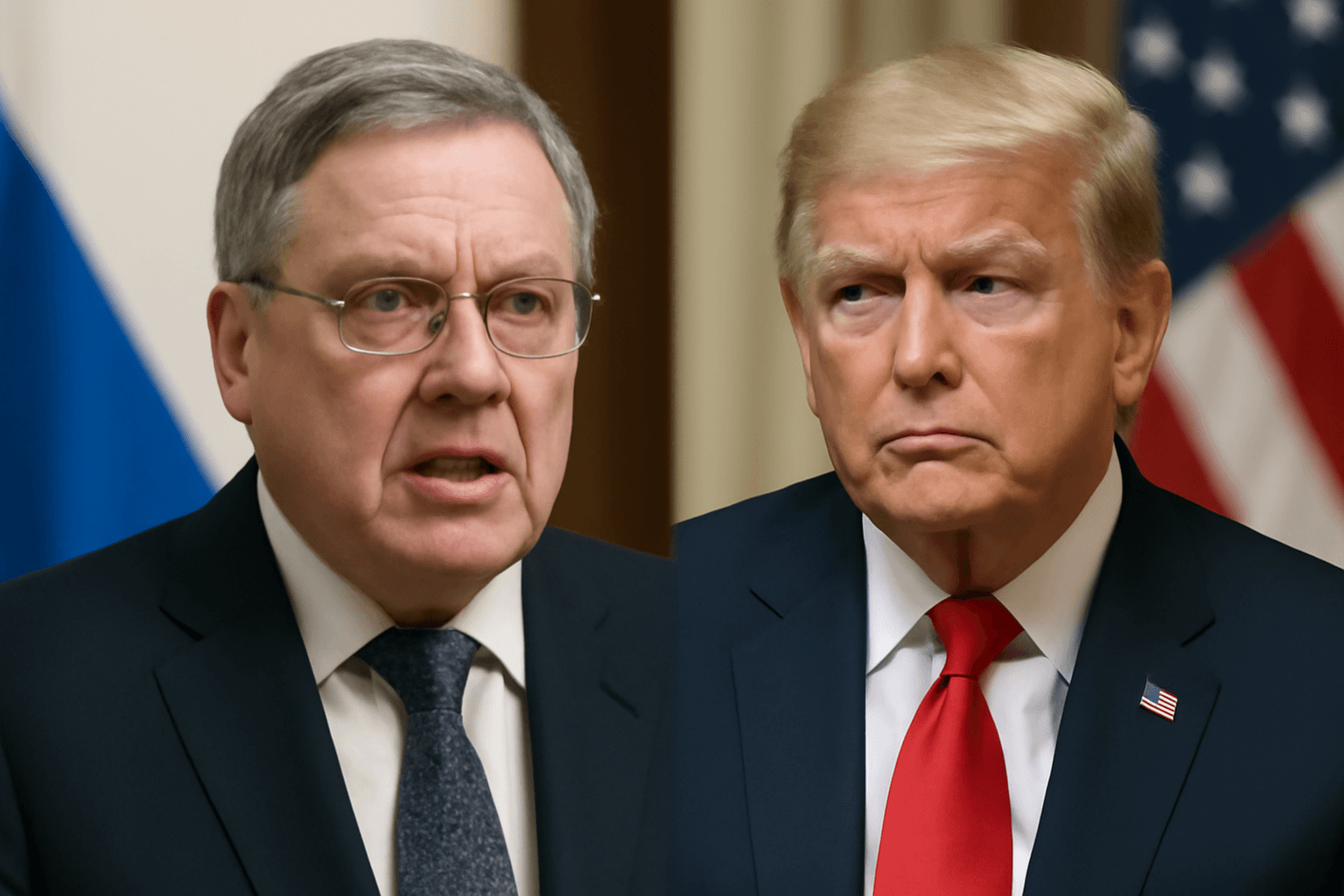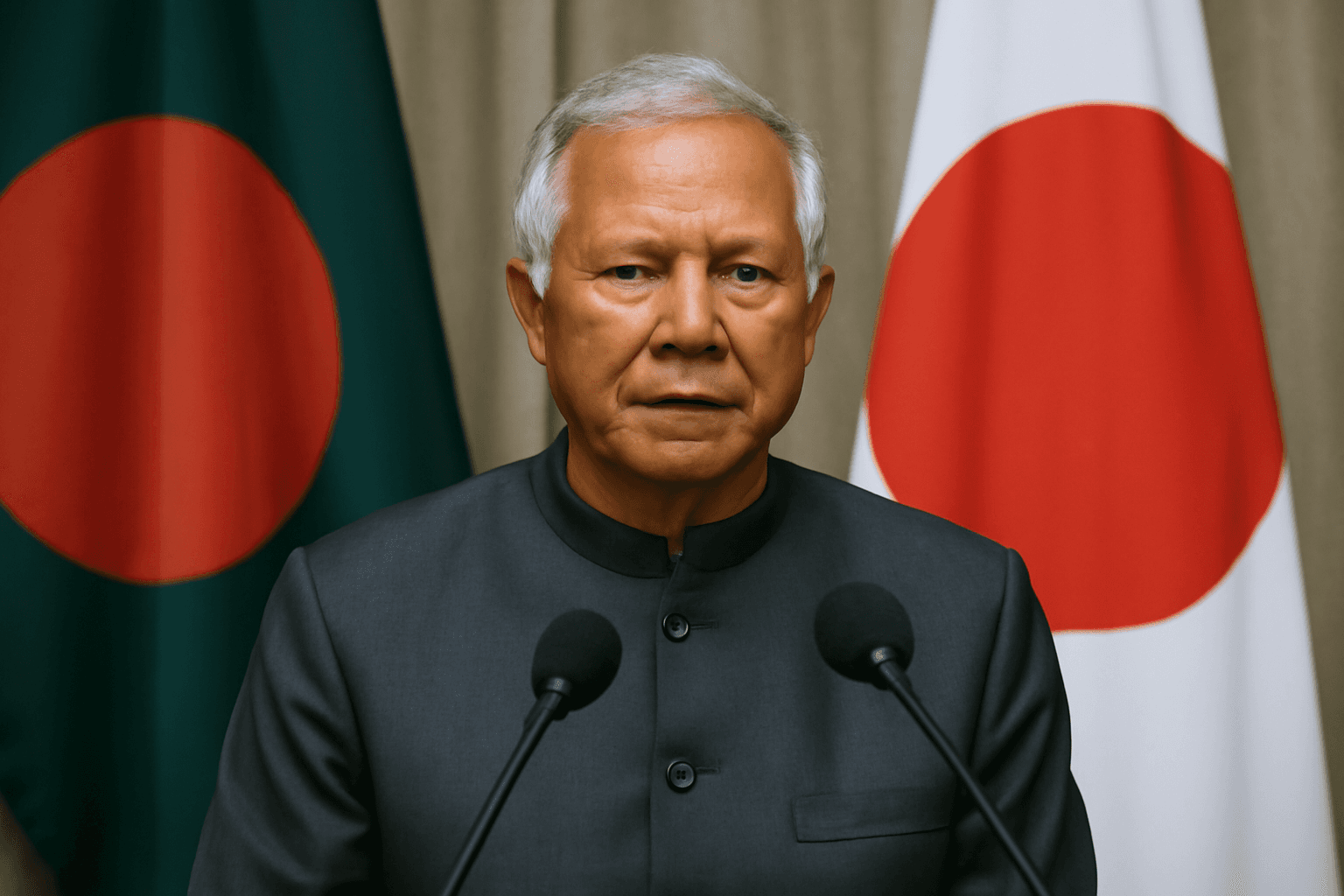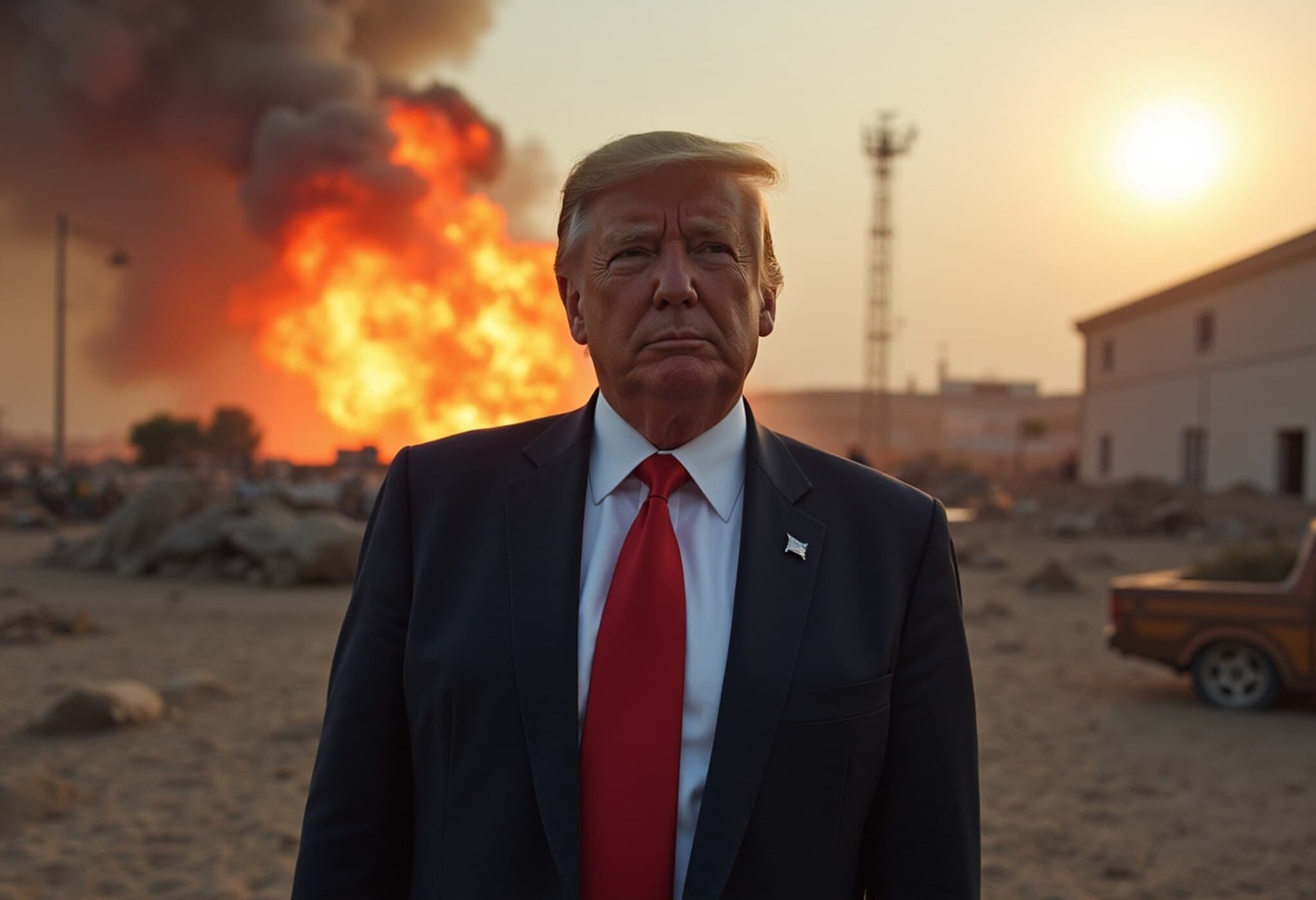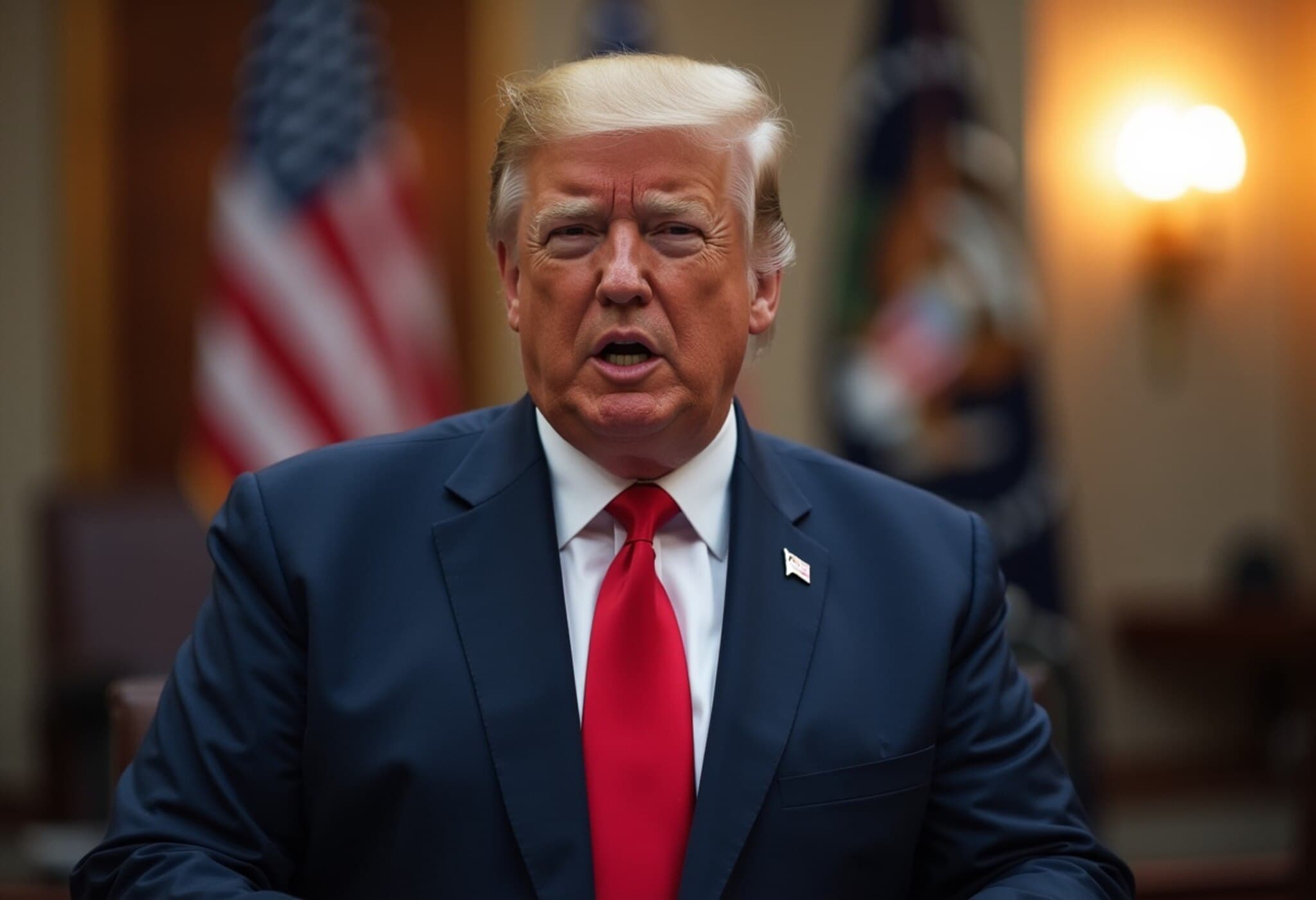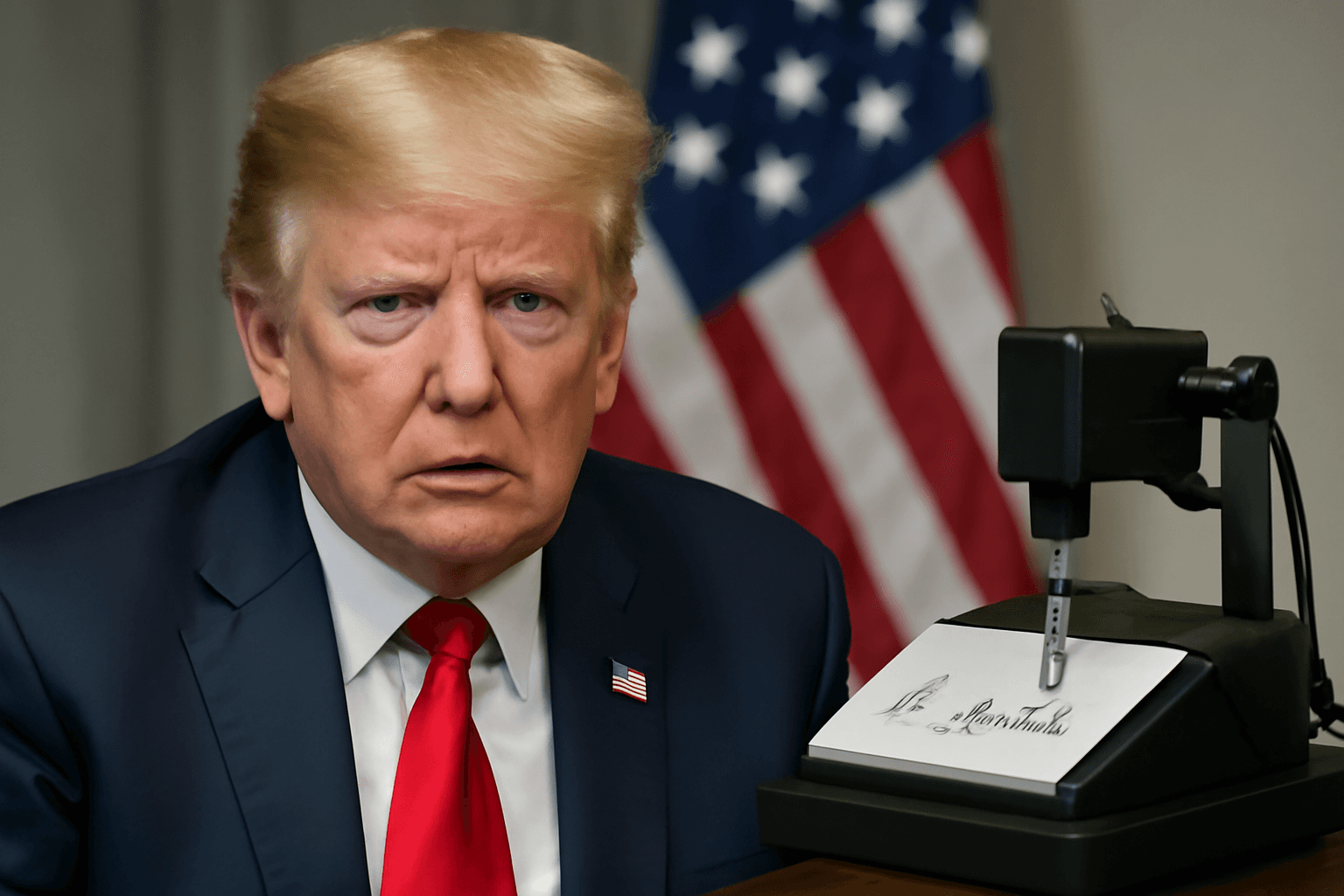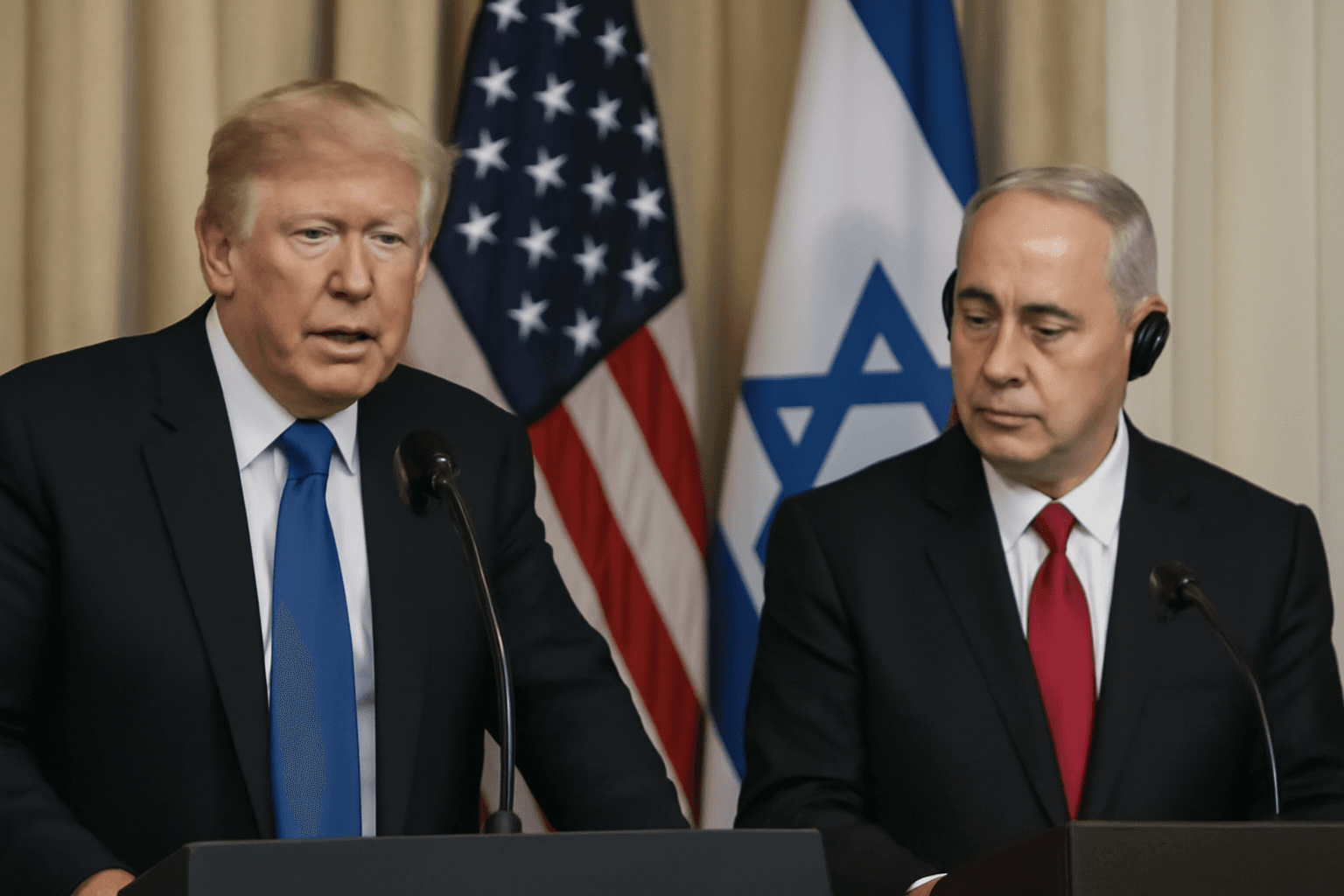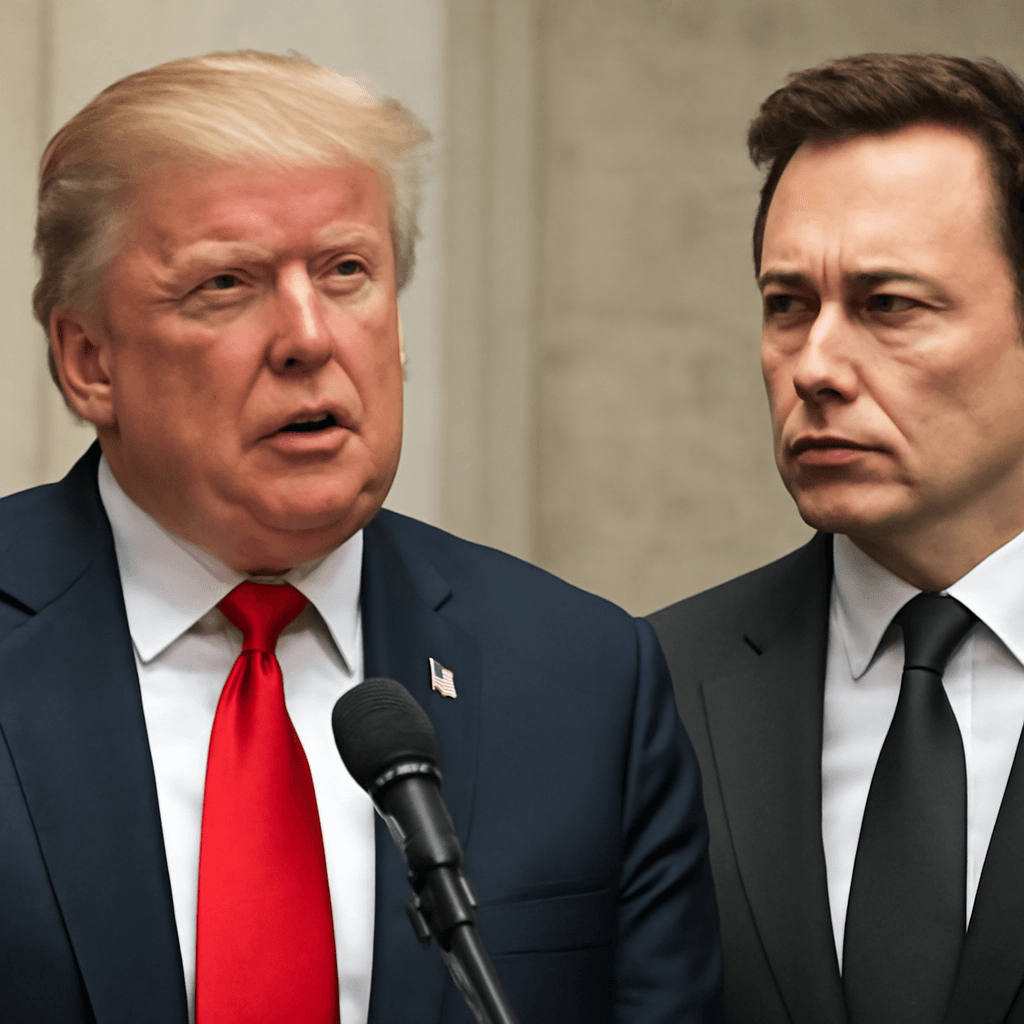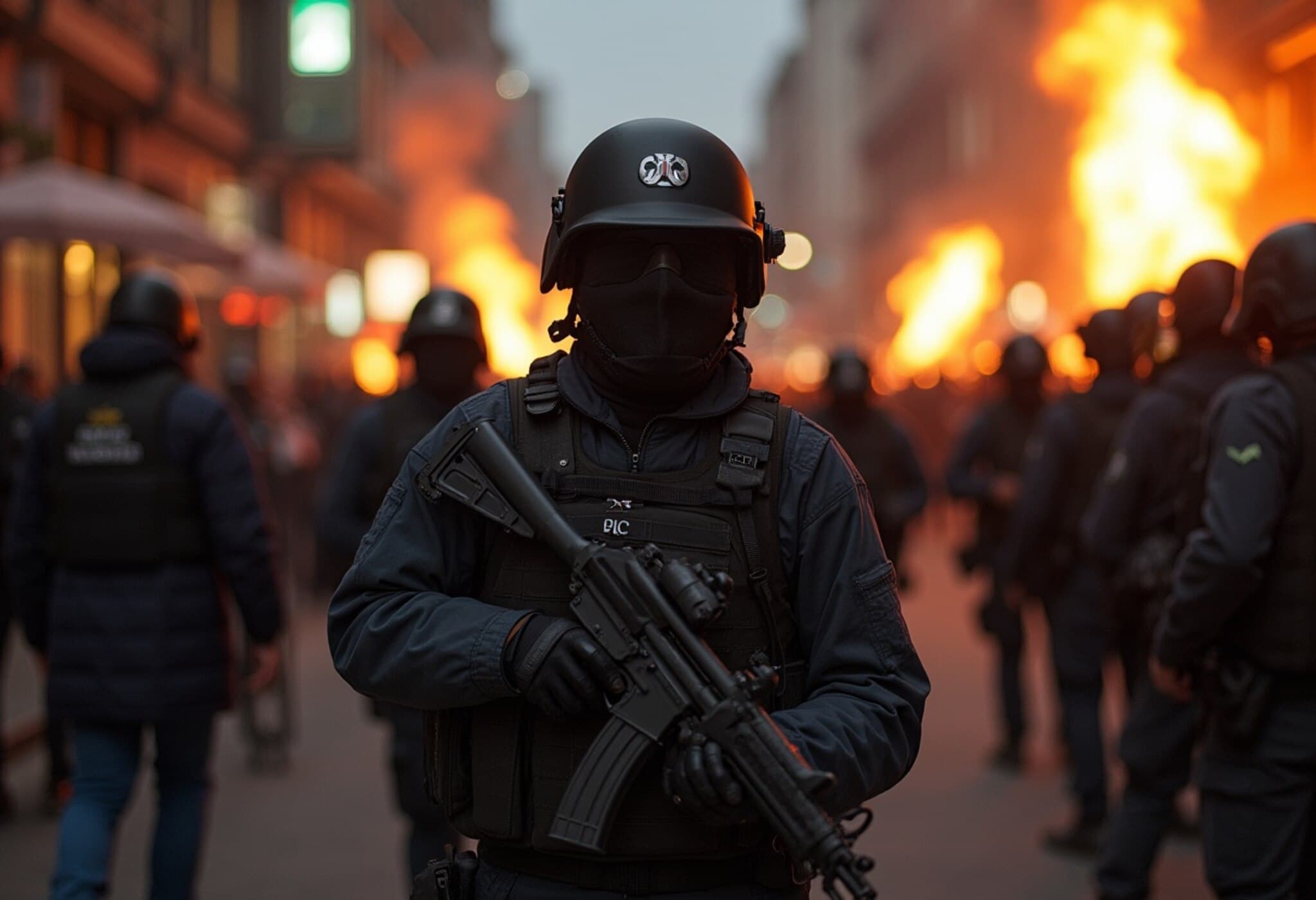Trump Hints at Loosening Iran Oil Sanctions to Support Reconstruction
In a surprising development, former U.S. President Donald Trump suggested a potential easing of oil sanctions on Iran as part of efforts to aid the country’s rebuilding process. Despite maintaining a stance of maximum pressure against Tehran, Trump emphasized the necessity of financial resources to restore Iran’s infrastructure.
Comments at NATO Summit Spark Debate
During a NATO Summit press conference, Trump remarked, "They're going to need money to put that country back into shape. We want to see that happen." These comments came amid talks of a ceasefire agreement between Israel and Iran, raising prospects for China to resume purchasing Iranian oil. However, the White House quickly clarified that there have been no changes to the current sanctions regime.
Context: U.S. Sanctions and China’s Role
The Trump administration previously imposed stringent sanctions targeting Iran’s oil exports, particularly focusing on China's independent refineries and port operators known as "teapots" due to their purchases of Iranian crude. This move was part of a broader strategy to choke off Iran’s revenue streams.
China remains Iran’s largest crude oil customer and has consistently opposed Washington's sanctions, advocating for continued trade despite international pressures.
Diplomatic Nuances Behind Trump’s Statement
Steve Witkoff, Trump’s envoy for the Middle East, clarified in an interview that the president’s remarks were intended as a gesture towards cooperation with China rather than a signal of policy leniency. "We're interested in working together with you in unison, and hopefully that becomes a signal to the Iranians," Witkoff explained, highlighting the diplomatic balancing act involved.
Implications Moving Forward
- Sanctions remain officially intact despite the hints of easing.
- China’s role as a major Iranian oil buyer places it at the center of any potential trade realignments.
- Reconstruction efforts in Iran could influence future U.S. policy adjustments.
This subtle shift in rhetoric underscores the complex and evolving dynamics between the U.S., Iran, and China in a volatile region, where economic measures and diplomatic signals intertwine deeply with geopolitical outcomes.

